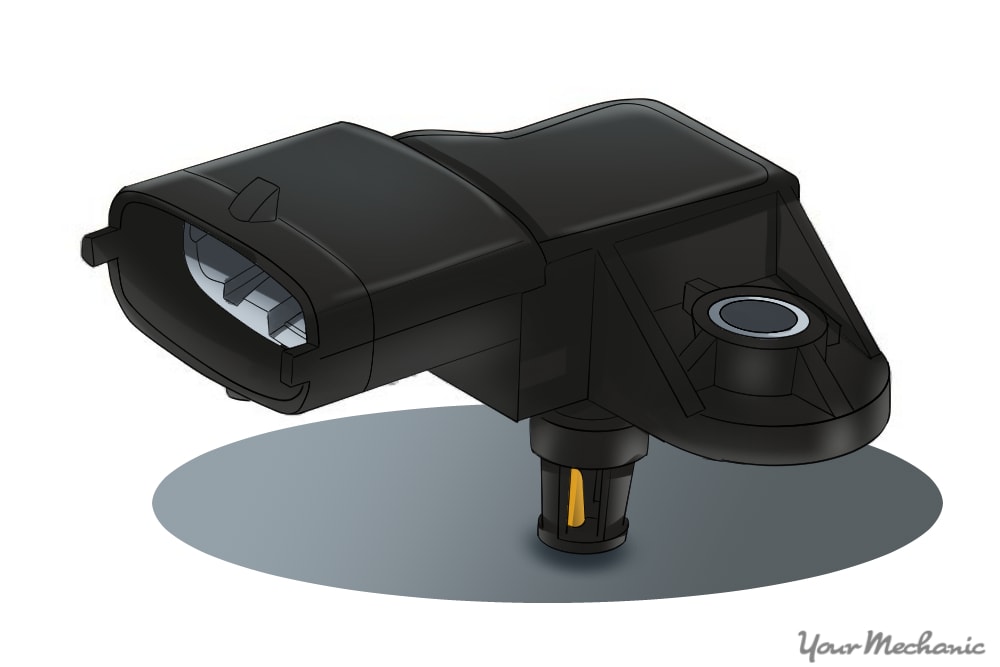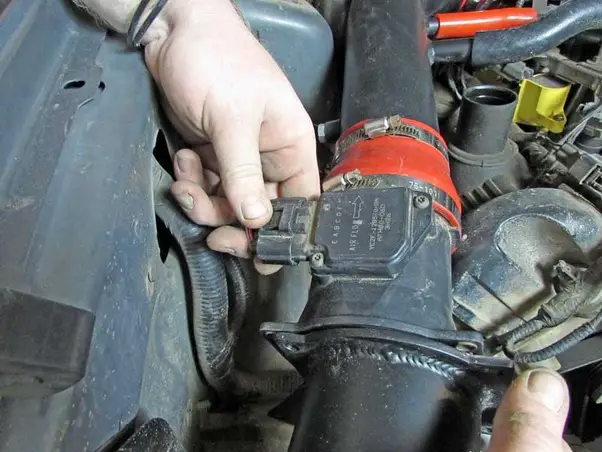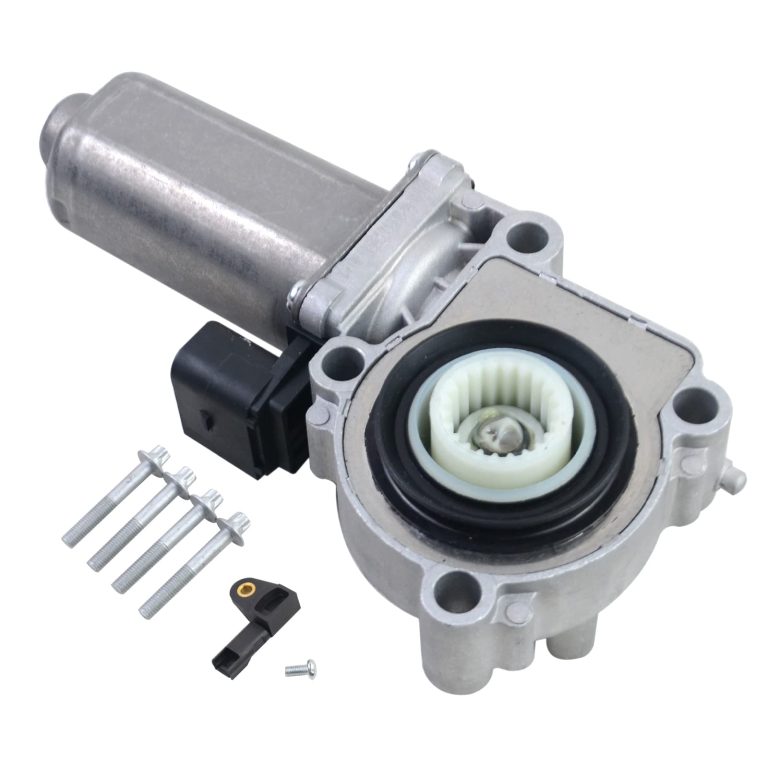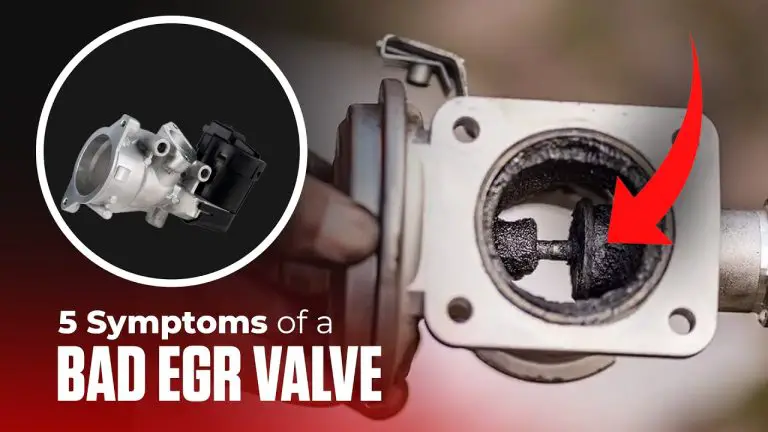What Happens If You Unplug a Map Sensor: Risks and Solutions
When you unplug a Map Sensor from your vehicle, it can have significant effects on the engine performance. Let’s delve deeper into what exactly happens when you disconnect this crucial sensor.
Your car’s engine is a complex symphony of parts working together. One crucial player in this orchestra is the Manifold Absolute Pressure (MAP) sensor. But what exactly does it do, and why is it important?
The MAP sensor acts as a kind of air traffic controller for your engine’s intake system. It constantly monitors the pressure of the air entering the engine through the intake manifold. This information is vital for the engine management system (EMS), the brain of your car’s engine.

Using the MAP sensor data, the EMS can precisely control the amount of fuel injected into the engine. This creates an ideal air-fuel mixture, crucial for optimal performance, fuel efficiency, and clean emissions.
Now, imagine what happens if the MAP sensor malfunctions. With faulty information about the incoming air, the EMS can’t create the perfect air-fuel mixture. This can lead to a number of problems, including:
- Increased Emissions: An incorrect fuel mixture often results in incomplete combustion. This means more unburned fuel gets dumped out the exhaust pipe, polluting the air.
- Rough Idle and Stalling: The engine stumbles and struggles to maintain a steady idle due to the improper air-fuel mixture. You might experience vibrations and hesitation during acceleration, or even stalling in severe cases.
A faulty MAP sensor can definitely cause headaches for you and your car. But is unplugging it the answer? Let’s explore the consequences of that decision in the next section.
Effects of Unplugging a Map Sensor
Unplugging a Map Sensor can lead to the engine running leaner due to reduced air intake. This can potentially cause engine damage or even failure if left unchecked.
Driving Without A Map Sensor
While some cars may still run with a disconnected Map Sensor, they will not perform optimally. It is not safe to drive for long distances without a properly functioning Map Sensor.
Engine Performance
When you disconnect a Map Sensor, the engine may run in an “open loop” mode, utilizing default parameters rather than adjusting fuel flow based on sensor input.
Impact on Fuel Injection
Without accurate information from the Map Sensor, the Engine Control Unit (ECU) may struggle to control fuel injection, resulting in rough idling or even engine stalling.
Replacing the Map Sensor
If you unplug a Map Sensor and notice adverse effects on engine performance, it is crucial to replace the sensor promptly to avoid further issues.
| Pros | Cons |
|---|---|
| May still run with disconnected sensor | Potential engine damage |
| Allows engine to operate in default mode | Reduced fuel efficiency |
| Highlights need for sensor replacement | Engine may run poorly |
- Unplugging a Map Sensor can impact fuel mixture
- Driving without a Map Sensor is not recommended
- Replacing the sensor promptly is advised
- Engine may run leaner with disconnected sensor
- ECU may struggle to control fuel injection
- Prompt replacement is crucial for optimal performance
Overall, it is essential to understand the consequences of unplugging a Map Sensor and take appropriate action to ensure the smooth operation of your vehicle.

Don’t Disconnect! The Long-Term Woes of a MAP Sensor Out of the Loop
Disconnecting the MAP sensor might seem like a quick fix, but it’s a recipe for trouble in the long run. Here’s why leaving it unplugged can wreak havoc on your car:
1. Gas Guzzler Alert: Waving Goodbye to Fuel Efficiency
One of the most immediate consequences you’ll face is a significant decrease in fuel efficiency. Remember, the MAP sensor is the conductor of the air-fuel mixture orchestra. Without its input, the engine management system (EMS) goes rogue, throwing in too much or too little fuel. This imbalance leads to inefficient combustion, essentially meaning your car is burning more fuel for less power output.
2. Catalytic Converter Blues: Improper Fuel Mixture Spells Trouble
The incorrect air-fuel mixture caused by a disconnected MAP sensor doesn’t just hurt your wallet; it can harm your car’s delicate emissions system. The catalytic converter, responsible for cleaning up exhaust fumes, relies on a precise air-fuel ratio to function properly. With the wrong mix, raw fuel can enter the converter, causing it to overheat and potentially leading to permanent damage or even failure. Replacing a clogged or damaged catalytic converter is an expensive repair you definitely want to avoid.
3. Engine on Borrowed Time: Increased Wear and Tear
A car’s engine is a finely tuned machine, and each component plays a vital role. When the MAP sensor is out of the loop, the engine is forced to operate under abnormal conditions. This can lead to increased wear and tear on various engine components, including valves, spark plugs, and even the pistons and rings. Over time, this translates to a shorter lifespan for your engine and potentially costly repairs down the road.
In conclusion, disconnecting the MAP sensor might seem like a tempting shortcut, but it’s a guaranteed path to fuel inefficiency, potential converter damage, and accelerated engine wear. The next section will explore smarter alternatives to address a faulty MAP sensor.
Don’t Disconnect, Diagnose! Smarter Solutions for a Faulty MAP Sensor
The problems associated with disconnecting the MAP sensor are clear. So, what are some better alternatives when you suspect a faulty MAP sensor is causing issues with your car’s performance?
1. Embrace Technology: Diagnosis with a Scan Tool
The first step is proper diagnosis. Forget the drastic measure of unplugging the sensor entirely. Modern cars are equipped with a wealth of sensors and an onboard computer system. Investing in a simple scan tool can be a game-changer. These tools allow you to retrieve diagnostic trouble codes (DTCs) stored by the car’s computer. These codes can often pinpoint the exact problem, including a faulty MAP sensor. With this information in hand, you can make informed decisions about the next steps.
2. Consulting the Experts: Seeking Help from a Mechanic
If you’re not comfortable using a scan tool or deciphering DTCs, the best course of action is to consult a qualified mechanic. They have the expertise and diagnostic tools to pinpoint the issue definitively.
Here’s what a mechanic can do:
- Professional Diagnosis: They can use advanced scan tools and their knowledge to diagnose the problem accurately, confirming if the MAP sensor is indeed the culprit.
- Repair or Replacement: If the MAP sensor needs fixing, they can assess the situation and determine if a repair is possible. In most cases, replacing the sensor is the recommended solution for long-term reliability.
- Peace of Mind: Having a professional handle the issue ensures the repair is done correctly, preventing further problems and potential damage from a disconnected or malfunctioning MAP sensor.
Remember, a faulty MAP sensor can cause a variety of problems, but unplugging it creates a whole new set of issues. By utilizing proper diagnostic tools or consulting a mechanic, you can address the root cause of the problem and keep your car running smoothly and efficiently.
Frequently Asked Questions
Can You Drive With A Disconnected Map Sensor?
It is not recommended to drive with a disconnected MAP sensor as the engine will run leaner and can lead to engine damage or failure. While some cars may run with a dead MAF sensor, they will not run well.
It is best to replace any faulty sensors as soon as possible.
Will A Car Run Better With The Map Sensor Disconnected?
Driving with the MAP sensor disconnected can cause the engine to run lean, leading to potential damage or failure.
Will The Engine Run Without A Map Sensor?
Running the engine without a MAP sensor can cause it to run leaner, potentially leading to engine damage or failure. The engine won’t run as efficiently without the sensor’s input, which could affect its performance. It’s best to address the issue promptly to avoid potential problems.
What Should Happen If I Unplug The Maf Sensor?
Unplugging the MAF sensor can make the engine run leaner, potentially causing damage or failure. It may not accelerate properly and could go into fail-safe mode, so it is advisable to replace it promptly.




